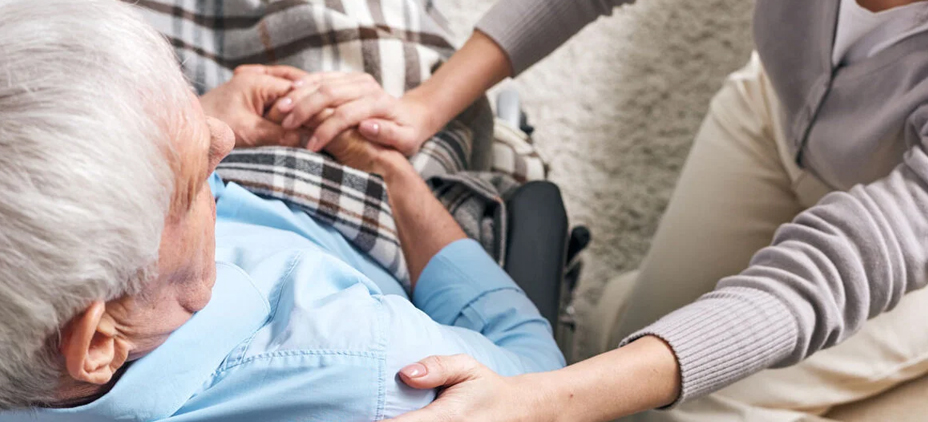Staying Hydrated: A Guide for Seniors in Fort Worth, TX Heat As summer tempera
Read More
Fall prevention is crucial, especially for our senior community or individuals with mobility issues. Here are some effective fall prevention strategies:
1. Understanding the impact of your medications is crucial.
Make a comprehensive list of your prescription and nonprescription drugs and supplements, or bring them with you to the appointment. Your healthcare provider can review your medications for side effects and interactions that may increase your risk of falling. This knowledge will empower you to actively participate in your fall prevention plan. To help with fall prevention, your healthcare provider may consider weaning you off medications that make you tired or affect your thinking, such as sedatives, antihistamines, and some types of antidepressants.
Your health conditions. Particular eye and ear disorders may increase your risk of falls. Be prepared to discuss your health conditions and how comfortable you are when you walk — for example, do you feel any dizziness, joint pain, shortness of breath, or numbness in your feet and legs when you walk? Your healthcare provider, as part of a comprehensive fall prevention assessment, may evaluate your muscle strength, balance, and walking style (gait) to identify potential areas for improvement.
2. Keep moving
Physical activity is a powerful tool in your fall prevention arsenal. With your health care provider’s approval, consider activities such as walking, water workouts, or tai chi — a gentle exercise that involves slow and graceful dance-like movements. These activities not only reduce the risk of falls but also improve strength, balance, coordination, and flexibility. Knowing that you can take proactive steps to reduce your risk of falling can be a motivating factor in your fall prevention journey.
If you avoid physical activity because you’re afraid it will make a fall more likely, it’s important to tell your healthcare provider. Your provider may recommend carefully monitored exercise programs or refer you to a physical therapist. The physical therapist can create a custom exercise program aimed at improving your balance, flexibility, and muscle strength, while also addressing your concerns about physical activity and fall risk.
3. Wear sensible shoes
Choosing the right footwear is a simple yet effective part of your fall prevention plan. High heels, floppy slippers, and shoes with slick soles can cause slips, stumbles, and falls, as can walking in your stocking feet. Instead, opt for properly fitting, sturdy, flat shoes with nonskid soles. This small change can make a big difference in your safety. Sensible shoes not only reduce the risk of falls but also may reduce joint pain, making them a crucial element in your fall prevention strategy.
4. Remove home hazards
Take a look around your home for potential fall hazards. To make your home safer:
5. Light up your living space
Keep your home brightly lit to avoid tripping on objects that are hard to see. Also:
6. Use assistive devices
Your healthcare provider might recommend using a cane or walker to keep you steady. Other assistive devices can help, too. For example: